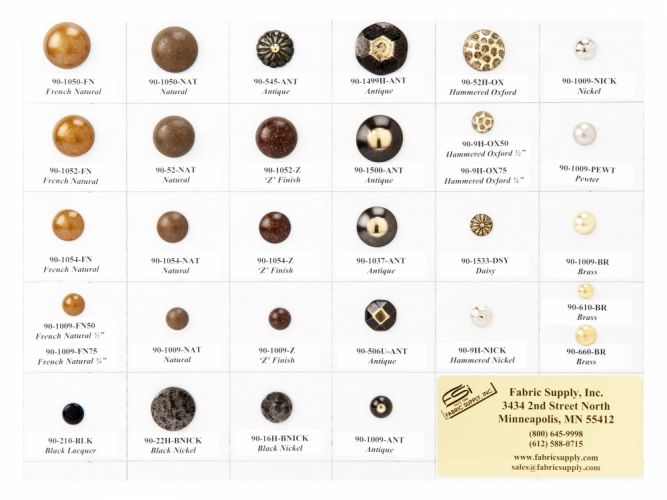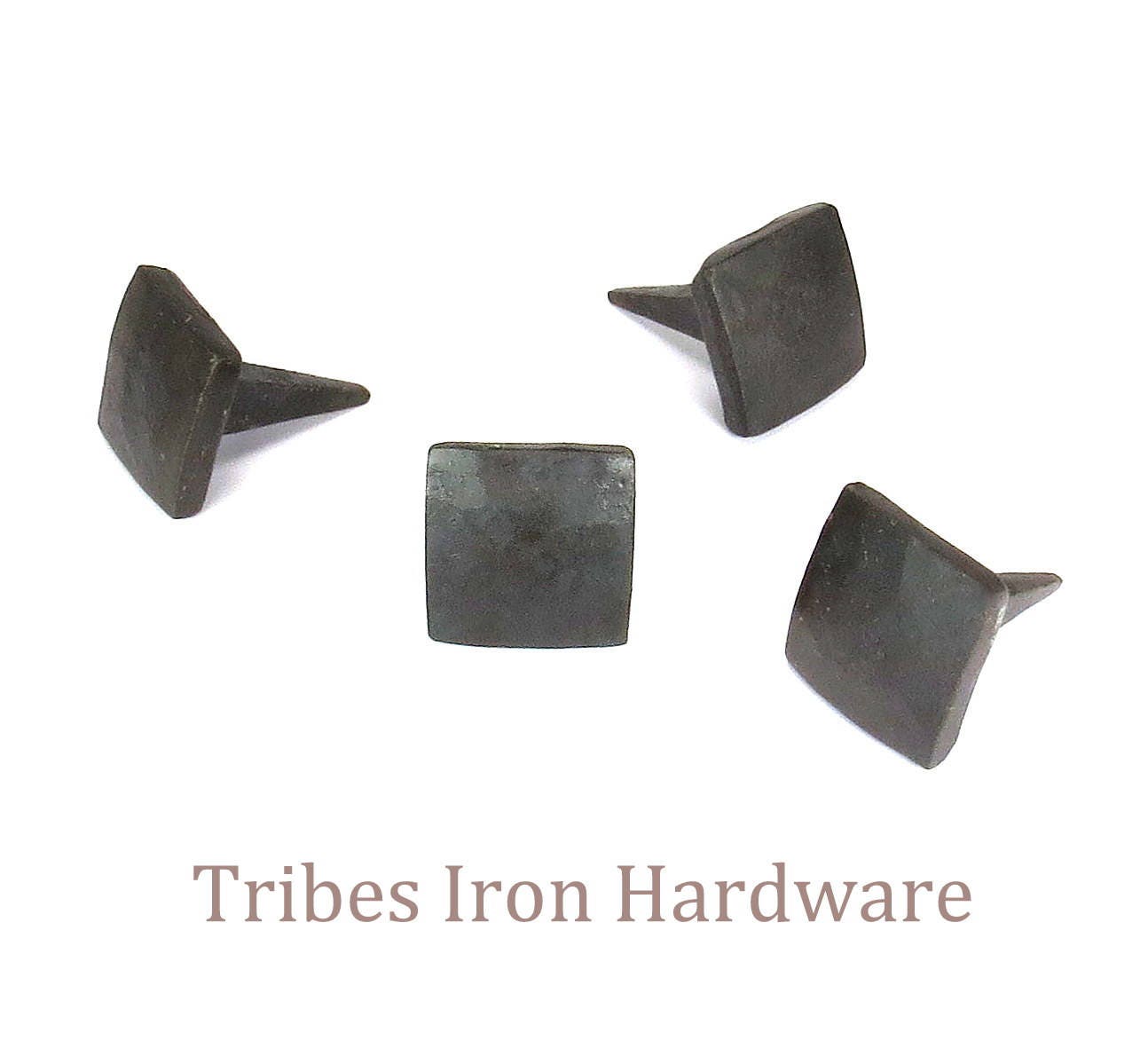When it comes to woodworking and carpentry, the details truly make the difference. One often overlooked yet fundamental element of finishing a project beautifully is the use of decorative head nails. In this article, we will dive deep into the world of these unique fasteners, exploring their various types, applications, and why they might just be the finishing touch your project needs.
What Are Decorative Head Nails?
Decorative head nails, sometimes referred to as finish nails or specialty nails, are fasteners used not just for holding objects together, but also for adding a stylistic element to your projects. They come in various shapes, sizes, and finishes, allowing craftsmen to match them with the overall design and aesthetic of their work.
Types of Decorative Head Nails
- Clavos: Often used in furniture making, clavos are large-headed decorative nails that are hammered into wood to showcase their unique heads.
- Rivets: While typically associated with metalwork, decorative rivets are sometimes used in wood to add an industrial flair to projects.
- Bronze and Brass Nails: These materials provide a vintage look and are perfect for restoration projects or adding a touch of class.
- Colorful Coated Nails: Ideal for children’s furniture or crafts, these nails come in a variety of colors and finishes.

Why Use Decorative Head Nails?
In my experience as a woodworker, the inclusion of decorative head nails can transform a simple piece of furniture into something eye-catching. Here are some key reasons why you might consider using them:

- Aesthetic Appeal: They enhance the overall look of your project, making it more visually interesting.
- Versatility: They can be used in various applications, from cabinetry and woodworking to flooring and even art projects.
- Easy to Use: Most decorative nails can be easily installed using a hammer or nail gun, making them accessible to both novice and experienced DIYers.
How to Choose the Right Decorative Head Nail

With various options available, selecting the right decorative head nail for your project can be daunting. Here are some factors to consider:
1. Project Type

Different projects may require different types of nails. For example, if you’re building a rustic coffee table, you might want to use larger clavos, while intricate cabinetry may benefit from smaller finish nails.
2. Material Compatibility

Always consider the material you are working with. For instance, bronze nails are ideal for hardwoods, while galvanized nails may be better suited for outdoor projects.
3. Aesthetic Preferences

Your personal style should guide your choice. If you love a vintage look, opt for brass or bronze, but if you prefer something bold, colorful coated nails might be the answer.
Comparing Different Decorative Head Nails

| Type of Nail | Material | Ideal Use | Pros | Cons |
|---|---|---|---|---|
| Clavos | Steel, Bronze | Furniture, Doors | Rustic appeal, large heads | Can be hard to remove |
| Rivets | Metal | Furniture, Art | Industrial look, strong hold | May require special tools |
| Brass Nails | Brass | Restoration, Cabinets | Elegant finish, rust-resistant | More expensive than other types |
| Colorful Coated Nails | Various | Children’s Projects, Crafts | Fun, customizable | Finish can wear off |
Installation Tips for Decorative Head Nails
Installing decorative head nails can be straightforward, but here are some tips to ensure you get the results you desire:
Preparation
Before you begin, make sure your workpiece is clean and free of any dust or debris. This will help the nails grip better and look neater.
Using a Pilot Hole
For harder woods, it’s often a good idea to drill a pilot hole to prevent splitting. This ensures that your nail goes in smoothly and doesn’t damage your project.
Spacing and Alignment
Pay attention to the spacing between nails for a uniform look. Using a spacer can help maintain consistent distances.
Finishing Touches
Once installed, you may choose to finish your nails with wood putty or lacquer to blend them with the wood and enhance their appearance.
Pros and Cons of Using Decorative Head Nails
Pros
- Enhances visual appeal
- Available in various materials and styles
- Can serve a functional purpose while adding beauty
Cons
- May require specific tools for installation
- Can be more expensive than standard nails
- Some types may not hold as well in certain materials
Creative Uses for Decorative Head Nails
Beyond traditional woodworking, there are countless creative applications for decorative head nails. Here are some ideas:
Art Projects
Incorporate decorative head nails into your art pieces. They can be used to create texture or patterns in mixed media projects.
Home Decor
Use them to embellish picture frames, mirrors, or even as functional elements in hooks and shelves.
Crafts
For children’s crafts, colorful coated nails can add a playful element while teaching them about woodworking.
FAQs About Decorative Head Nails
What are the best types of decorative head nails for indoor furniture?
For indoor furniture, brass or bronze decorative head nails are excellent choices due to their aesthetic appeal and rust resistance.
Can I use decorative head nails outdoors?
Yes, but ensure the nails are galvanized or made of stainless steel to prevent rusting in outdoor conditions.
Are decorative head nails difficult to install?
Not at all! With proper tools and preparation, they can be easily installed by both novice and experienced DIYers.
Do decorative head nails hold as well as regular nails?
While decorative head nails can hold well, their primary purpose is aesthetic. For heavy load-bearing applications, consider using standard nails alongside decorative ones.
How do I maintain projects that use decorative head nails?
Regular dusting and the occasional application of furniture polish will keep your projects looking fresh. Inspect for any signs of rust or wear, and address those as needed.
Conclusion: Elevate Your Craftsmanship with Decorative Head Nails
Decorative head nails can serve as the cherry on top of your woodworking projects, enhancing not only functionality but also the overall aesthetic. By choosing the right type for your needs and following proper installation techniques, you can achieve a professional look that invites admiration and adds character to your creations.
So, the next time you’re tackling a project, consider incorporating these unique fasteners into your design. With a little creativity and a keen eye for detail, decorative head nails can help you turn an ordinary piece into something extraordinary!